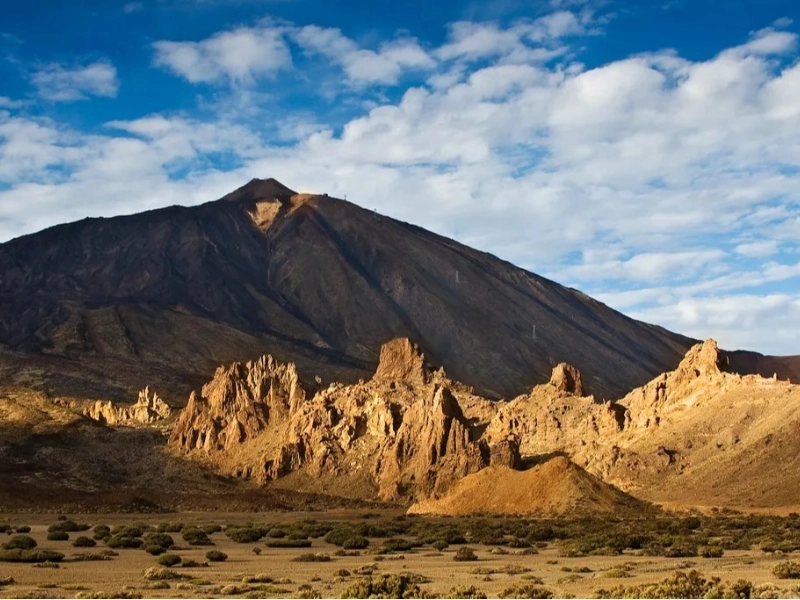Advertisement
5. Teide: The Volcanic Crown of the Canary Islands

Advertisement
Rising magnificently to a height of 12,198 feet (3,718 metres) above sea level, Mount Teide is the tallest peak in Spain and the focal point of Tenerife, the biggest of the Canary Islands. Not only a geological wonder but also a UNESCO World Heritage Site and among the most visited natural beauties worldwide, this majestic stratovolcano last erupted in 1909. Beyond its remarkable height, Teide's importance is found in numerous geological, biological, and cultural aspects that captivate scientists, visitors, and residents equally. The origin of the volcano is directly related to the geological background of the Canary Islands, which arose over millions of years from the floor of the Atlantic Ocean. Through a sequence of volcanic explosions Teide itself is inside a huge crater, the remains of an even more colossal old volcano that collapsed some 170,000 years ago. The large semicircular depression known as the Las Cañadas caldera was produced by this collapse and today provides a unique geological laboratory with insights on Earth's past and volcanic processes. From lush woods to desolate lava fields, the varied terrain of the volcano supports an amazing diversity of indigenous plant and animal species—many of which have developed in isolation on the island. Teide National Park is a major magnet for ecotourism and scientific study due in great part to its ecological richness and striking beauty of the volcanic terrain. With its high altitude and beautiful sky, the park's distinctive setting has also made it a perfect site for astronomical studies; it has numerous significant telescopes and research centres. Teide is an active volcano despite its present quiescence; the Volcanological Institute of the Canary Islands (INVOLCAN) keeps close observation of it for any indications of increased activity. Though not likely, the volcano's potential for eruption remains a continual factor in the island's risk assessment and emergency planning. The last notable earthquake activity in 2004 reminds us of the dynamic character of this apparently quiet giant. One cannot overestimate Teide's cultural value. The mountain was a holy spot for the native Guanche people, who lived on the Canary Islands prior to European arrival, thought to be the residence of Guayota, their devil figure. With Teide being a potent emblem in Canarian society and identity, this spiritual relationship to the volcano has endured over the millennia. Nowadays, the volcano is quite important for the economy of the islands since it attracts a lot of visitors and greatly supports the local travel business. While many hiking paths provide chances to close-up exploration of the volcano's varied terrain, the cable car that climbs almost to the summit lets guests enjoy amazing views of Tenerife and the nearby ocean. But increasing popularity also creates difficulties, especially with regard to sustainable travel and environmental preservation. Constant efforts are being made to strike a compromise between the demand to preserve Teide's special ecosystems and geological characteristics and the financial advantages of tourism. For Teide and the nearby ecosystems, climate change presents still another major obstacle. Rising temperatures and shifting precipitation patterns could change the fragile equilibrium of life on the volcano, therefore influencing indigenous species and the general national park biodiversity. Using Teide as a natural laboratory, researchers are intensively observing these changes and investigating how worldwide climate change may affect island ecosystems. Mount Teide represents the complicated interaction among geological forces, biological systems, and human civilisation both as a natural wonder and a possible hazard. Not just for knowledge of volcanic processes and safeguarding of special biodiversity, but also for maintaining a landscape of great cultural and economic value for the Canary Islands and beyond by means of continuous research and protection.
